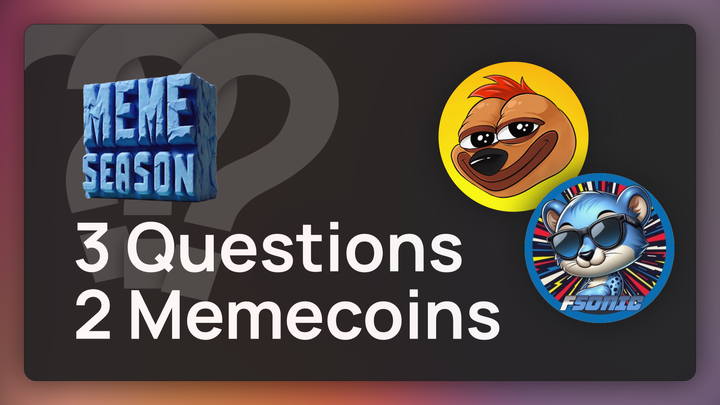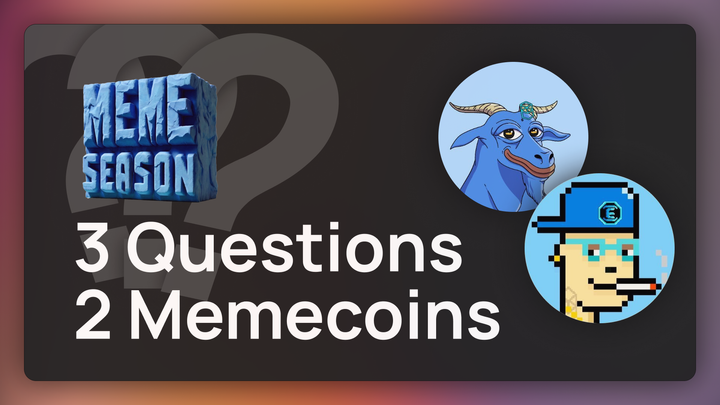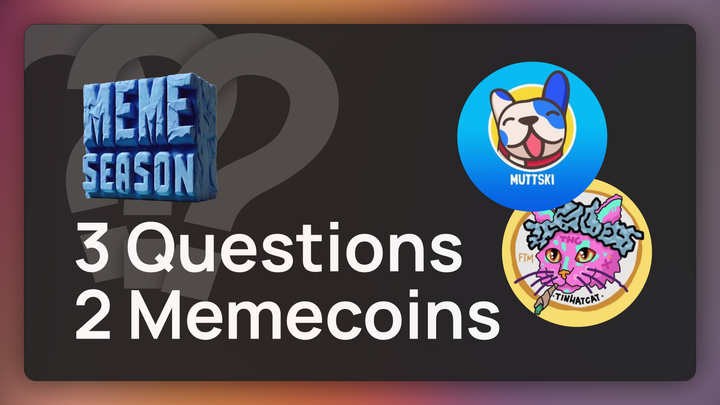Fantom Ecosystem Spotlight – OpenOcean
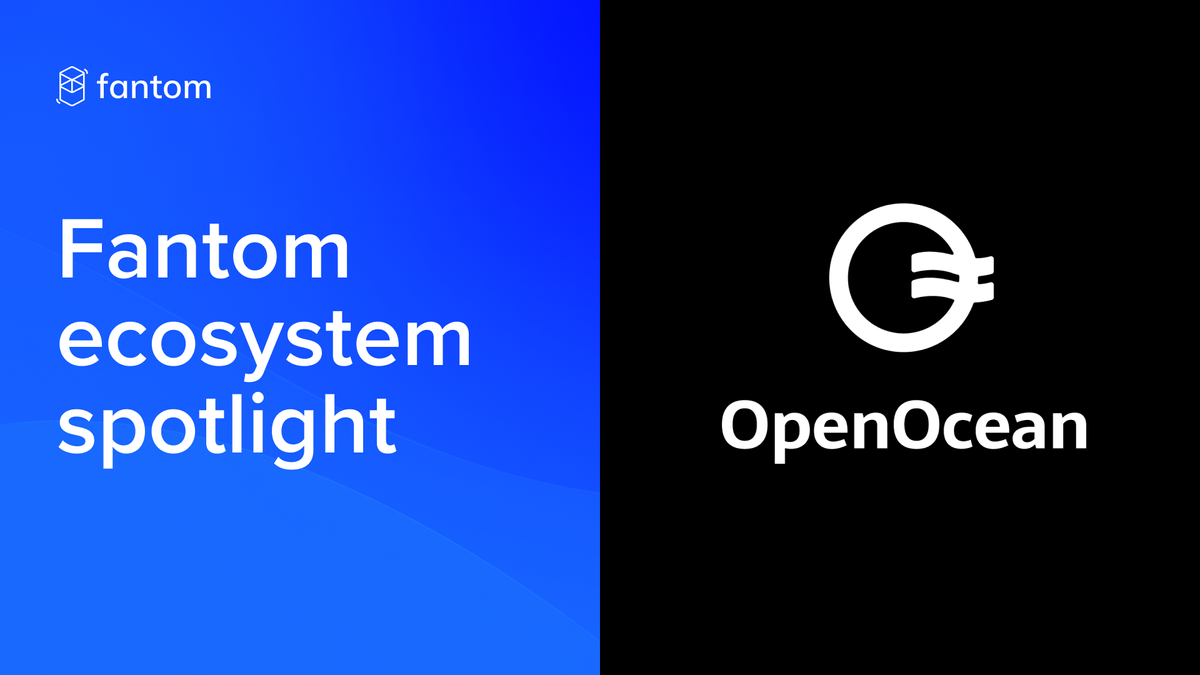
Eliminating barriers to entry is a critical factor in the push for wide, mainstream cryptocurrency adoption.
Beyond those who have yet to begin using cryptocurrencies, a sizable population is comfortable trading cryptos on centralized exchanges but has yet to enter the DeFi space. This is where OpenOcean comes in.
A premier DeFi/CeFi aggregator, OpenOcean offers users seamless trading across DEXs and CEXs. Read on to learn more about this incredible project and its plans to bring DeFi applications to the masses.
1. What is OpenOcean?
OpenOcean is the world’s first DeFi and CeFi full aggregator providing you the best swap pricing across decentralized and centralized exchanges with top trading efficiency.
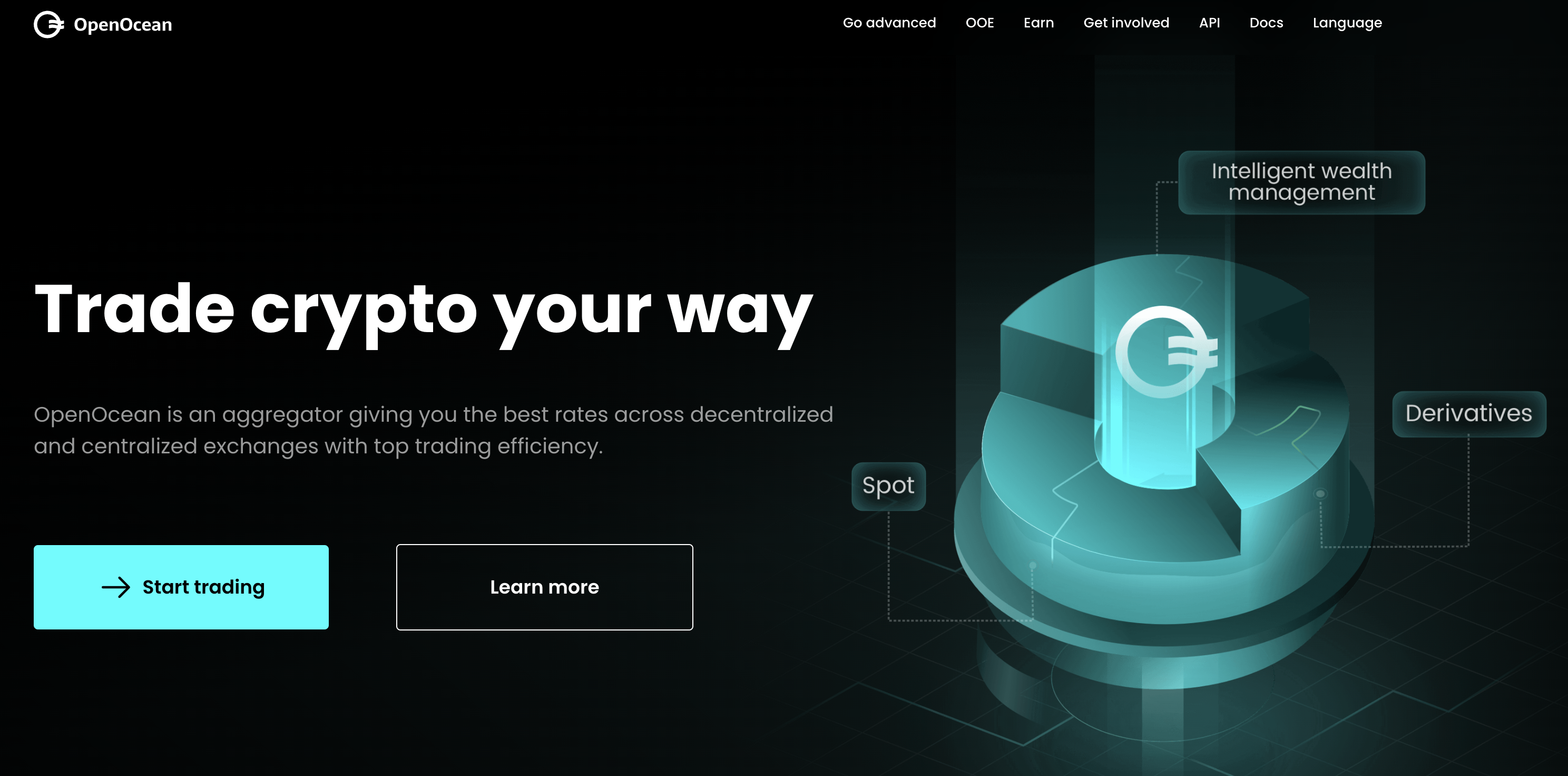
The intelligent algorithm at OpenOcean optimizes trading based on multiple parameters, including low gas fees, low slippage, and optimized routing, to maximize users’ returns. With multiple routes, you will no longer have to choose between the best price and high gas costs.
The vision of OpenOcean has always been to help users get the best trade on digital assets across multiple networks without charging additional fees.
As a one-stop trading destination, we have aggregated over 70 DEXes across 10 public chains, including Fantom and Binance (CEX).
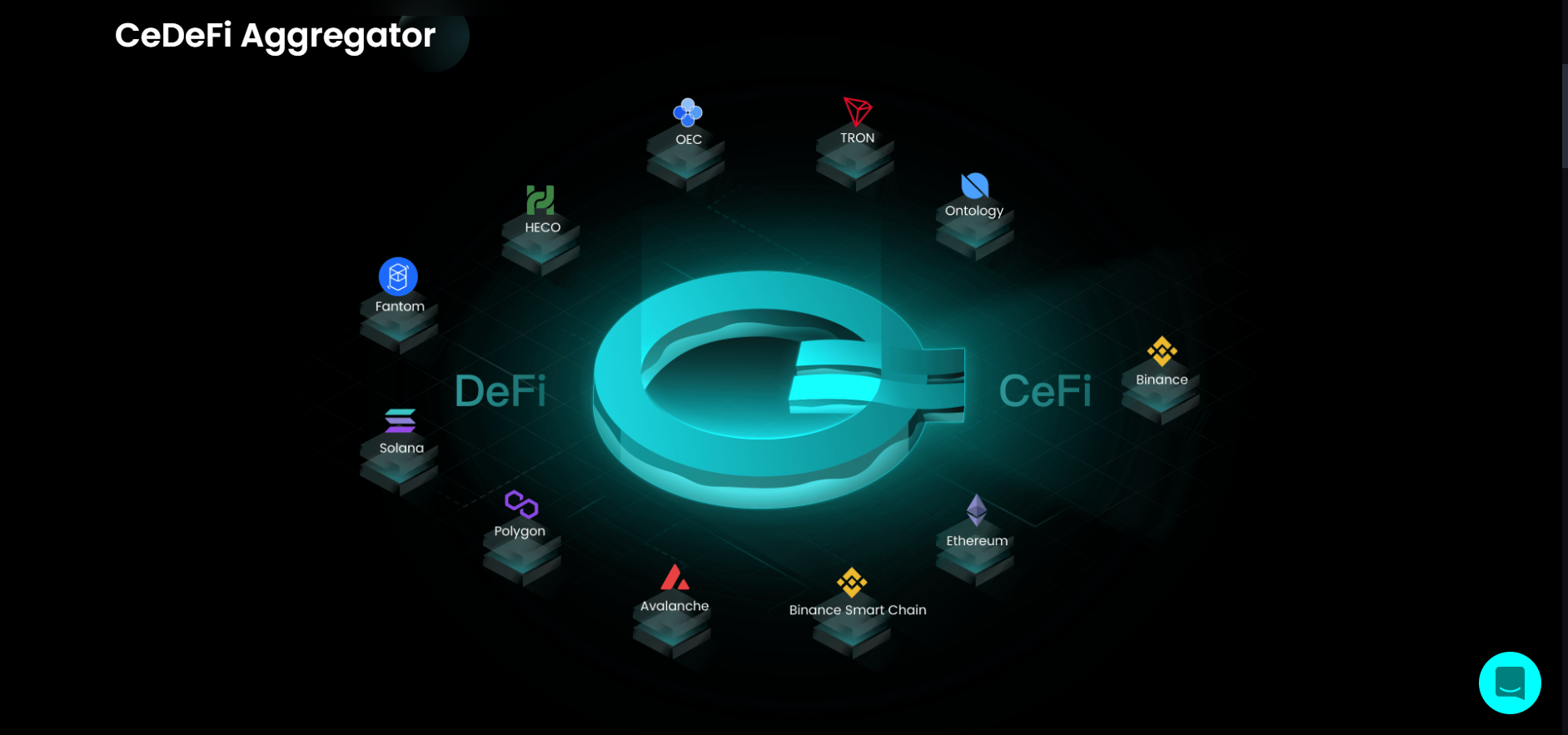
We are building upon this success by offering best-priced swaps, combining margin pools for greater capital efficiency on derivatives, and providing intelligent wealth management services for institutions looking to tap into an ocean of liquidity.
Coming soon, OpenOcean will serve as a one-stop derivative trading destination, aggregating decentralized derivative protocols and opening a whole new world of trading opportunities to individuals and institutions alike with intelligent wealth management services.
Users will be able to trade with the best pricing on futures swaps via split routes, spread trading, combined margin pools, spot/derivative arbitrage, and support for executing CTA strategies.
OpenOcean allows you to trade crypto your way, with the freedom of choice between centralized and decentralized.
Whether you’re looking to trade on multiple networks, swap cross-chain, spot, derivatives, perform arbitrage, or execute advanced strategies, OpenOcean is your one-stop destination to find you the best possible trade with no extra fees.
2. How do you introduce OpenOcean to a novice or someone who knows relatively little about DeFi?
In the current fragmented DeFi and CeFi markets, OpenOcean envisions itself as a bridge connecting isolated islands.
Crypto traders can benefit from greater trading efficiency and gain a competitive advantage every time they trade.
Down the road, we will aggregate more derivatives and lending products from DeFi and CeFi.
3. How did you come up with OpenOcean/what was your inspiration?
There is fragmentation in today's crypto markets, resulting in inefficiency when trading across exchanges and DEXs on public chains.
Many decentralized exchanges using automated market-making (AMM) are siloed from each other and have little interoperability. This forces traders looking for deep liquidity to deploy funds across various protocols and blockchains at the risk of high slippage and incomplete order fills.
OpenOcean was developed to provide users with a single destination to simplify their trading and achieve deep liquidity for complete orders with the best pricing and lowest slippage.
OpenOcean was born in September 2020 in Singapore. Since then, we have followed our roadmap consistently and achieved all milestones, resulting in 390k+ active traders, 3 billion in trading volume, and 70+ aggregation sources.
4. What’s your background?
Based in Singapore, our team is composed of experienced engineers and financial veterans from leading financial exchanges and IT corporations such asIBM, RBS, Intel, and HP with more than 15 years of industry experience.
The founders also have extensive financial and risk management experience from international investment institutions. Prior to developing OpenOcean, team members supported the design and development of the world’s top ten public chains and top-tier global exchanges.
5. How did you learn about Fantom?
We’ve known Fantom for a long time since it’s one of those L1 solutions many people have kept an eye on and increasingly joined as Ethereum entered an almost permanent state of network congestion with high fees and long delays.
DeFi 2.0 gave rise to much movement around the networks, and that’s when we took a deep dive into the technology and learned about its high performance and high level of security.
6. What led you to integrate Fantom into your aggregator?
We had Fantom on the radar for a long time because our community has been asking about the integration.
The interest increased a lot when users experienced unreasonable high transaction fees on Ethereum, and that’s why we aggregated Fantom.
We always keep our users and communities in mind ‒ we will aggregate the networks they want to trade on!
7. Can you describe your experiences working with Fantom/integrating Fantom DEXs into your platform?
Since we aggregate more than 10 public networks, we have quite some experience n working with L1 teams.
Fantom has, without exception, been one of the most professional and supportive teams ‒ not only for technical integrations, but also for marketing and community support.
8. What brings you to DeFi, and what excites you most about the space?
Several members of our team have worked in crypto/blockchain for several years, some actually from the beginning. As a result of both strong financial backgrounds and interests, it was a natural decision to get involved with DeFi when it started.
Our team is excited about all aspects of DeFi, including DEXes, lending protocols, decentralized derivatives, and trading in general.
Taking advantage of all opportunities in DeFi is also one of the reasons why we built a full aggregator that allows users to explore all the possibilities in DeFi rather than just simple trading.
According to us, DeFi is here to stay. This tremendous development from multiple communities, particularly the Fantom community and its projects, is proof that it can provide real value and challenge traditional finance.
9. What feedback have you had from users about the Fantom integration?
Our users were over the moon excited about the Fantom aggregation because so many quality projects exist there.
The aggregation allows them to easily trade for maximum returns across Fantom assets without studying each DEX for trading pairs and liquidity.
10. What’s coming up for OpenOcean? Free alpha!
We have three products coming up that we are very excited about 1) SaaS tool for automated arbitrage trading 2) Aggregation of derivatives 3) Cross-chain protocol aggregation
11. Is there anything you would like to mention that we didn’t ask about?
We believe the Fantom DeFi community will continue to grow, face challenges, have ups and downs, but eventually turn out to be a more fair digital financial system.
OpenOcean’s role in this won’t change from what it is now ‒ we will serve as a full aggregator that helps participants of the digital economy, in all shapes and sizes, to aggregate more emerging products and services ‒ we always strive to keep up with new trends!
Engage with OpenOcean:

